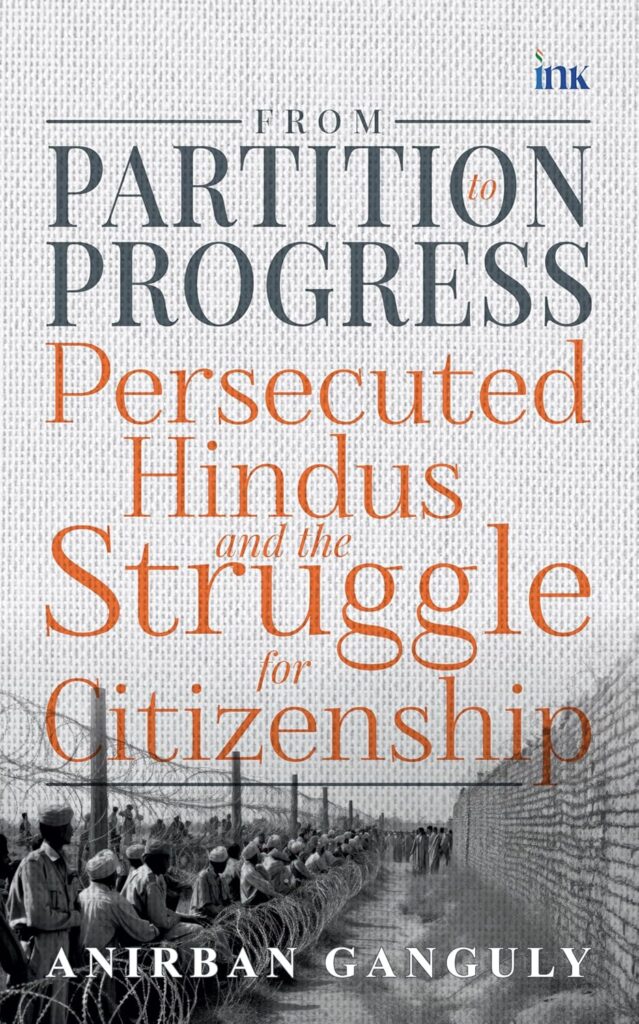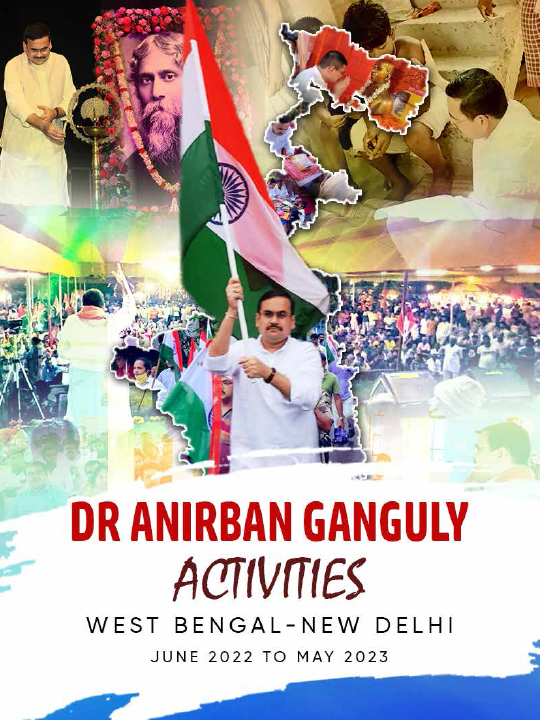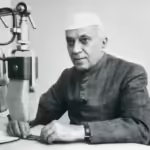Ayodhya verdict: Defeat for cartels of discord
- By : Anirban Ganguly
- Category : Articles

Kashmir disappointed them. There was no conflagration, no conflict and the separatist agendas could find no expression since August 5.
Like they waited with baited breath after the abrogation of Article 370, for the region and the country as a whole to erupt, the radical Islamists, the Urban Naxals, the Communists and the Liberal Fundamentalists waited in eager anticipation for India to erupt after the Ayodhya verdict on November 9.
Kashmir disappointed them. There was no conflagration, no conflict and the separatist agendas could find no expression since August 5.
Ayodhya too disappointed them—both in terms of the verdict and the quiet that followed it. The truck driver, the farmer, the apple orchard tender, the innocent shopkeeper who were killed by terrorists in various districts across Kashmir, were killed because they believed and hoped that the removal of 370 had opened up a new avenue of opportunities for them, they responded to PM Modi’s new narrative for the region and were mowed by terrorists propped up by Pakistan.
This is often ignored and deliberately obfuscated by the international proponents of human rights. While Pakistan provides the logistical back-up for terrorism in the region, the cartel of radical Islamists, the Urban Naxals, the Communists and the Liberal Fundamentalists, by championing their “human rights” have tried to provide them legitimacy and create academic space for their abominable and anti-human ideological positions. This cartel has tried to weave a narrative in support of terrorism and separatism worldwide and one of their best arguments in support of their effort is to speak of India’s descent into illiberalism.
Had there been unrest in the aftermath of the Ayodhya verdict, a situation which they tried to desperately create, these elements would have used that to try and buttress their false narrative of the end of India as a liberal democracy under Modi. The statements made by rubble parties such as the CPI(ML) and others, the observations made on social media by a section of the academics affiliated to the Left parties, the sense of fear and victimhood that they have tried to generate after the verdict, projecting India as a country in which minorities are feeling alienated, are being victimised, are being discriminated upon by the judiciary, is ominous, primarily because it proves that for these elements there is nothing sacrosanct about Constitutional institutions.
This trend is evil, it is a propensity towards betrayal and since these elements have access to a section of the Western academia and media, their views find space, are inflated and then trumpeted across the air. But again Modi’s New India triumphed. The PM’s approach leading up to the Ayodhya verdict, his tenacious and resilient determination to ensure that it heralds the beginning of a new era of synergy and cooperation, his heartfelt appeals saw the people respond; once more he proved that he directly speaks to the soul of India, to its collective psyche. The complete stability in the aftermath of Ayodhya, in itself, demonstrates that India under Modi is, in fact, evolving into a true liberal democracy. The message had gone through the rank and file, a true democratic spirit was displayed by legions of karyakartas, who fanned out across the country with a fraternal message, with the sense that this was a civilisational issue which had to now be sorted, and India had to move ahead.
The RSS and the VHP, at the forefront of the Ram Janmabhoomi movement, displayed unparalleled sagacity and patience, thus puncturing the pseudo debate of an illiberal India. The BJP’s organisational discipline, the sense of unity and cohesion instilled in it were visible to all who cared to see it. Not one discordant note, no triumphalism, only quiet gratefulness that a deeply felt civilisational struggle and aspiration had finally concluded. The fact that not a single adverse incident had been reported was in itself a defeat for the cartels of discord. For others, it was a deeply civilisational moment. In reality it was a victory for New India.











